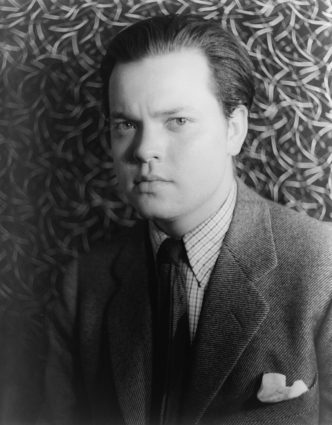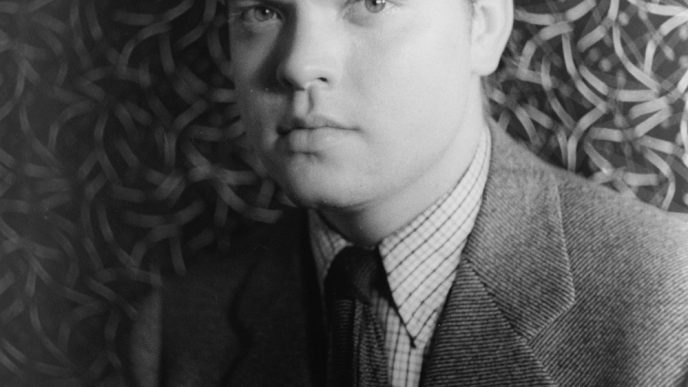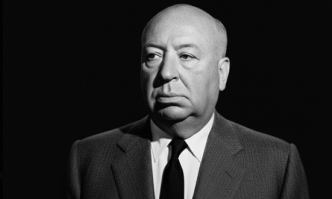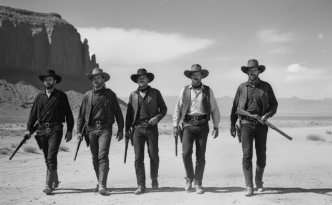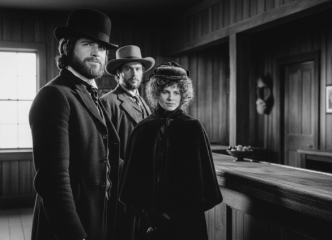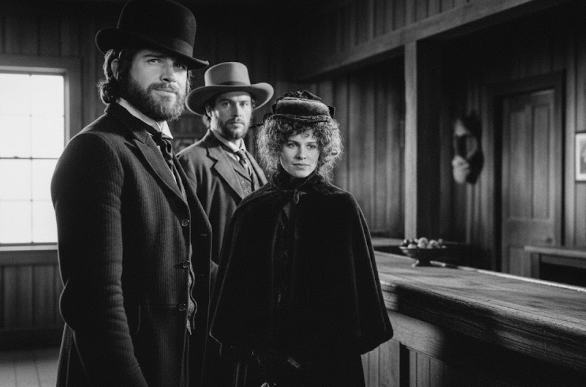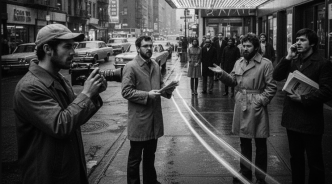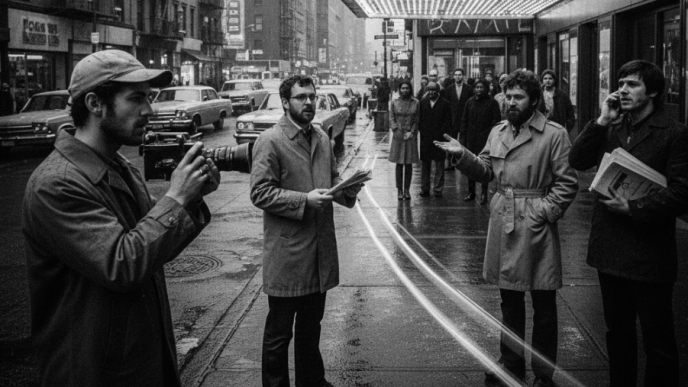David Lynch, the visionary filmmaker and artist who passed away in January of this year, was more than a director; he was the creator of worlds. His name became an adjective—”Lynchian”—a term used to describe a particular brand of dream-like, often unsettling, surrealism that finds the sinister and macabre lurking just beneath the surface of the mundane.
In a career that spanned over five decades, Lynch challenged the conventions of narrative storytelling, creating a body of work that is as influential as it is enigmatic. From the industrial nightmare of Eraserhead to the suburban darkness of Blue Velvet and the revolutionary television of Twin Peaks, he remained a true auteur, a painter who used the medium of film to explore the mysteries of the subconscious and the dark, beautiful strangeness of life itself.
From Eagle Scout to Art School Surrealist
Born in Missoula, Montana, on January 20, 1946, David Keith Lynch had an idyllic, small-town American childhood that would become a recurring motif in his work. The son of a research scientist for the Department of Agriculture, his family moved frequently, exposing him to the vast landscapes of the Pacific Northwest. He was an Eagle Scout who even attended John F. Kennedy’s inauguration, a picture of wholesome Americana.
His early ambition was not film, but painting. This passion led him to the Pennsylvania Academy of the Fine Arts in Philadelphia in the mid-1960s. The city, with its mix of urban decay and industrial dread, had a profound impact on him. It was here that he began to experiment with “moving paintings,” which led to his first short films. After creating a one-minute animation, Six Men Getting Sick (1967), and the more complex live-action/animation hybrid The Alphabet (1968), he received a grant from the American Film Institute (AFI). This grant funded The Grandmother (1970), a surreal and disturbing short that showcased his emerging thematic obsessions and earned him a scholarship at the AFI Conservatory in Los Angeles.
The Midnight Masterpiece: Eraserhead
While at the AFI, Lynch began work on his first feature film, Eraserhead (1977). The production was a grueling, five-year ordeal, shot in black-and-white on a shoestring budget, with Lynch himself living on the set. The result was a masterpiece of body horror and industrial dread, a film that felt like a transmission from a nightmare. Initially dismissed by many critics, it found a devoted audience on the midnight movie circuit, where its haunting sound design and cryptic, disturbing imagery made it a cult sensation. The film’s success brought Lynch to the attention of Hollywood, proving that a singular, uncompromising vision could find an audience.
Hollywood and the Auteur’s Struggle
Lynch’s next project was a surprising move into the mainstream. The Elephant Man (1980), a biographical drama about the life of Joseph Merrick, was a critical and commercial triumph. Shot in stunning black-and-white, the film demonstrated Lynch’s profound empathy and his ability to blend his surrealist sensibilities with deeply human storytelling. It earned eight Academy Award nominations, including Best Director, and established Lynch as a major filmmaker.
His next film, however, would become a cautionary tale. Hired to direct the science-fiction epic Dune (1984), Lynch clashed with producers, lost creative control, and ultimately disowned the final product. The film was a critical and commercial failure, and the experience pushed Lynch away from the big-budget studio machine and back toward the personal, independent projects where his vision could flourish.
The Birth of “Lynchian”: Blue Velvet and Twin Peaks
Lynch’s return to form was one of the most significant moments in modern cinema. Blue Velvet (1986) is the definitive “Lynchian” film, a neo-noir that begins with the discovery of a severed ear in a suburban lawn and descends into a world of sadism, corruption, and twisted desire lurking beneath the town’s placid, picket-fence exterior. The film, with its unforgettable and terrifying performance by Dennis Hopper, was both shocking and mesmerizing, earning Lynch another Oscar nomination for Best Director and cementing his status as America’s foremost surrealist.
He brought this unique sensibility to television in 1990 with Twin Peaks, a series co-created with Mark Frost that revolutionized the medium. The central mystery of “Who killed Laura Palmer?” captivated the nation, but the show was about so much more. It was a brilliant fusion of soap opera, supernatural horror, and quirky comedy that created a world as rich and strange as any in film history. Its influence on television storytelling is profound and can be seen in countless shows that followed.
An Uncompromising Legacy
Throughout the rest of his career, Lynch remained fiercely true to his artistic vision. He won the Palme d’Or at the Cannes Film Festival for the violent, romantic road movie Wild at Heart (1990) and continued to challenge audiences with the fractured, dream-logic narratives of Lost Highway (1997) and his universally acclaimed masterpiece, Mulholland Drive (2001), which earned him a third Oscar nomination for Best Director.
A lifelong practitioner of Transcendental Meditation, Lynch was also a painter, musician, and author, a true multi-disciplinary artist. He passed away on January 15, 2025, from cardiac arrest due to complications from emphysema. His death leaves, as his family stated, “a big hole in the world,” but his legacy is a body of work that continues to inspire and challenge, a cinematic universe that invites us not just to watch, but to dream.

Dario Loce is the founder and editor of Celebrimous. He is a lifelong film enthusiast and the author of several locally-published books on cinema history and analysis. His passion is deconstructing the “how” and “why” of filmmaking, from the director’s vision to the editor’s cut. When not lost in a classic film, he’s usually walking through the city, replaying scenes in his mind like unfinished stories.


